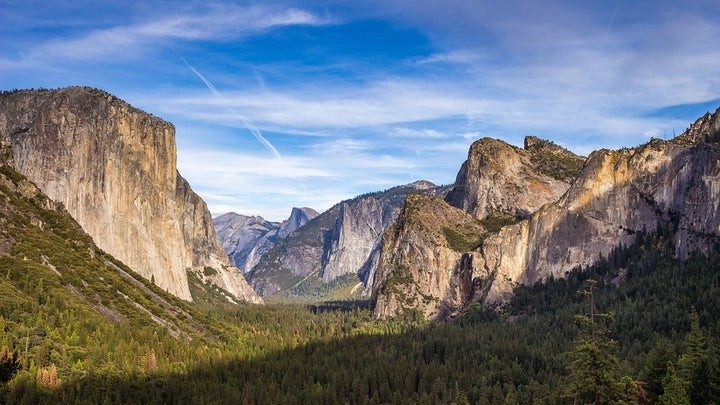
This post appeared first on Centsai
A couple of years ago, I drove from San Diego to Seattle to Washington, D.C. on a motorcycle. An unforgettable trip that spanned more than 90 days and crossed 29 states for a grand total of… $3,600 in all.
Gas, accommodation, food, the occasional ferry or toll to visit Orcas Island (or to cross a bridge from New York to New Jersey), and even a little shopping at the end. That is only $40 a day.
To do this, you should, in a nutshell:
- Camp for free in national forests or public spaces belonging to the Bureau of Land Management(BLM). Camp for cheap in national parks.
- Use Airbnb so you can cook meals at home or go to hotels that include breakfast.
- Look for buffets where you can get a big lunch for under $10.
- If gas is cheaper in the next state, get there on an empty tank.
- Repair your car before you go, or rent one if you’ll put a lot of miles on it.
- Buy an $80 annual pass for national parks to get unlimited visits for 12 months.
- Organize your trip around two or three big attractions that you will pay for, and find more fun things to do for free.
For me, it helped that there were two of us. On your own, you generally pay the same rate for a room, and if you’re driving, there is only one of you to pay for gas. I looked up Greyhound, and low-cost airlines rates, and it was cheaper to travel two-up on a motorcycle than to do a road trip on my own with public transportation.
It is also very convenient to have a bike, because you can park it for free almost anywhere. The bike fills up with four gallons ($10 to $12 these days), and you can drive up to 200 miles with it. On that last road trip, we looked closely at gas prices. In California, gas was around $5 a gallon, and so we filled up in Nevada, where it was almost half that.
While going out of your way for cheaper gas is not worth it, it helps to do a little research to see whether it is worth entering the next state with a full or an empty tank.
When it came to accommodation, we often camped for free on the West Coast and in the Midwest. The country is big enough that you can find quiet places to camp. The National Parks Service will charge you $20 to $30 per night at a designated campsite, which is a steal if the whole family is coming along, but a little steep for two people with a tent.
National forests and all lands managed by the BLM allow you to camp for free. This is awesome because most national parks are surrounded by national forests, so you can camp there and visit the national park the next morning.
I remember fabulous nights camping in the middle of the desert, with no one in sight – much nicer than being cramped next to dozens of noisy families.
While camping in the wild, you need to bring your own food, so no elaborate dinners, but you can fill up on potable water in the national parks. Some of them – generally the ones in cold climates, such as Bryce Canyon in Utah – even have $2 showers and $2 laundry.
Sometimes, after a couple of days in the wild, we’d look for a motel to spend the night. In the cheap parts of town, $40 to $50 for a night can get you a clean-enough room with a much-needed hot shower.
Though I love Airbnb, on such a tight budget, we mostly stuck to camping for free.
One thing we didn’t mind spending money on was the national parks’ annual pass. For $80, you can visit as many as you like, and spend the whole day hiking around. That is super cheap, healthy entertainment. (Though the state parks were generally not as good, and some of them charged as much as $20 per park, so we mainly stuck with national parks.)
We generally avoided most expensive tourist spots, choosing to only visit what we considered must-do attractions, such as going to the Space Needle in Seattle or kayaking on the Colorado River. I would also Google “free things to do” in the places we visited and find free museums, art galleries, and music festivals.
A road trip really doesn’t have to break the bank. You can see and do a lot on a tight budget.
